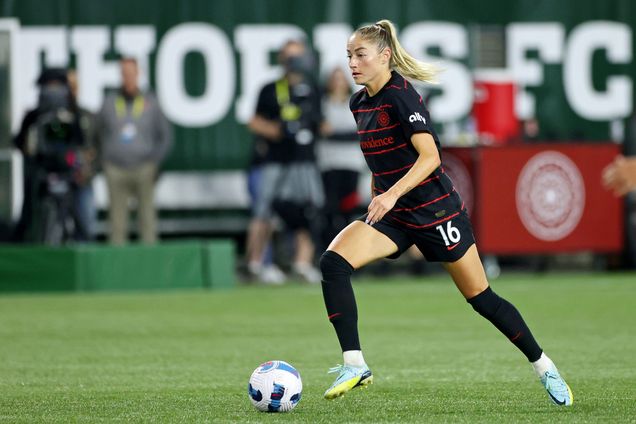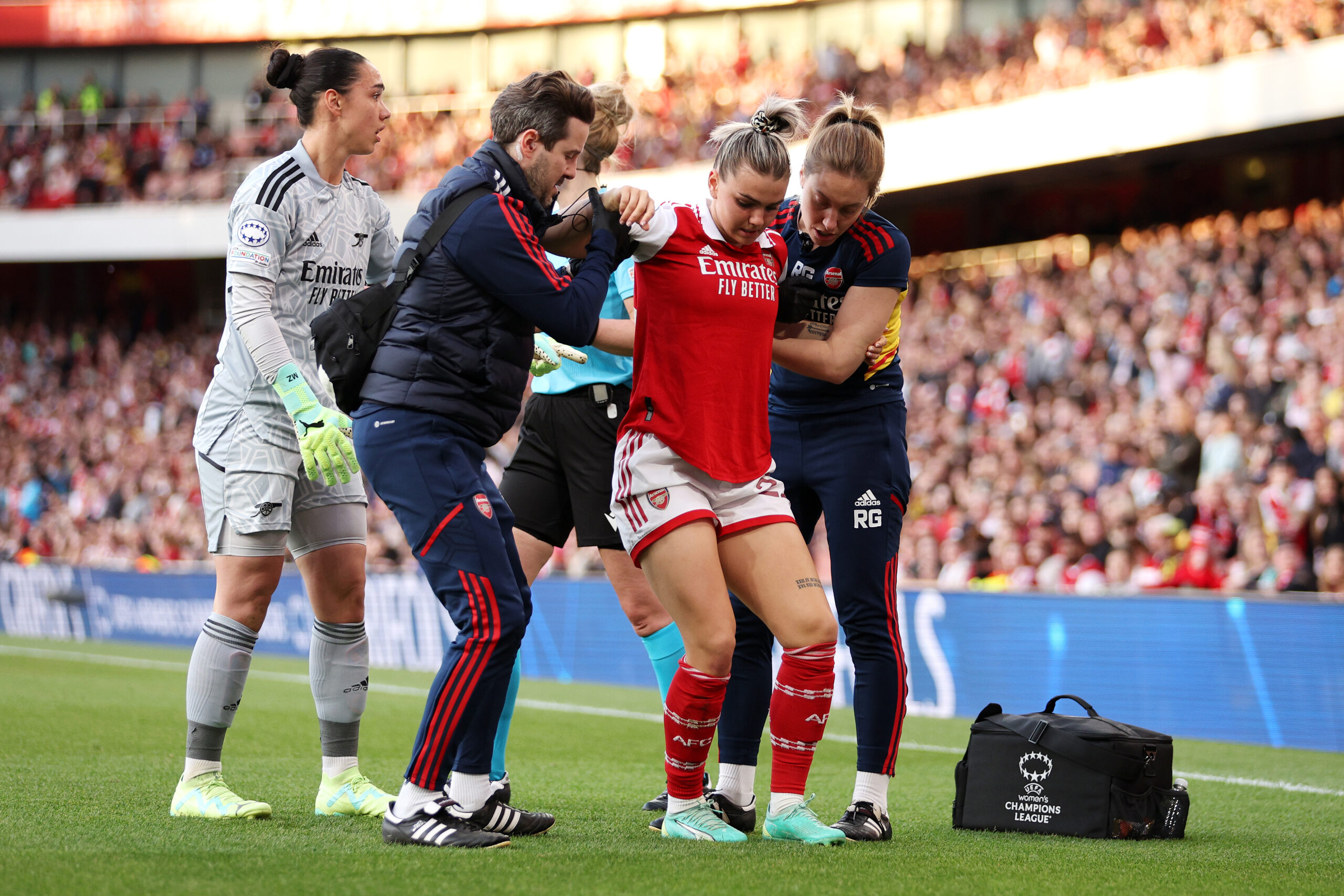All About Women’s Sports: A Rise in ACL Injuries in Women’s Sports
By Claire Guest
Women’s soccer has seen a troubling increase in Anterior Cruciate Ligament (ACL) injuries recently, and several high-profile players will miss this summer’s 2023 FIFA World Cup.
The Arsenal club alone has suffered four ACL tears in the span of six months, knocking Beth Mead, Vivianne Miedema, Leah Williamson, and Laura Wienroither out of action for the professional season and the World Cup.
As of May 4, the most recent victim of tearing their ACL is Wienroither, the Austrian and Arsenal defender who is going to be absent for the World Cup this summer in Australia and New Zealand.
Williamson, captain of the England Lionesses during their recent Euros 2022 victory, had her heart set on winning the World Cup this summer, but unfortunately, was halted by her knee injury in the 12th minute of a game on Apr. 19.
The English captain said on her Instagram, “I had my tears and made my peace with it the night it happened and since then I have been following the steps I’m told to, in order to best help myself in the short and long term. Ultimately, I think it’s just my time.”
After the game, in which Arsenal lost against Manchester United, Arsenal’s head coach, Jonas Eidevall, identified the packed calendar and poor field conditions as leading factors to the rash of injuries in the women’s game.
“I think it’s [injuries] going to continue here with the schedule we have and pitches like that, players are going to get injured,” Eidevall told the media. “That is something that we all need to improve on, the facilities where we play, so we can keep the players on the pitch.”
Although there has been significant progress made in recent years with new hybrid pitches being brought into the Women’s Super League in England, only nine of the 12 teams have this new featured pitch, while all of the men’s leagues have high-quality pitches to play on.
Many other big-named players have torn their ACLs: including Ballon d’Or Winner and Best FIFA Women’s Player, Alexia Putellas, Catarina Macario, Janine Beckie, Christen Press, Tierna Davidson, Marie-Antoinette Katoto, Ellie Carpenter, Giulia Gwinn, and many more.

Beckie tore her ACL recently in February preseason game with the Portland Thorns, who calls for more resources to the women’s game.
“You’ve changed the schedule to mimic the men, yet you’re not giving the female players the same level of resources,” Beckie said. “Premier League players are playing 40-, 50-plus games a season and are able to maintain fitness levels because they’re treated like gold, which they should be. If you’re going [to] ask an elite athlete to play 50 games a season, you’ve got [to] provide them the top-of-the-line care.”
This sport is made for men, with boots being fixed to fit men’s feet, studies being rooted to equip men’s anatomy and not women’s, or even clubs and international teams putting all their money and effort into their men’s side while giving their women’s team inferior playing fields, less effective rehab facilities, and less training and medical staffing.
“I think if that had happened in the men’s game, a lot more would have been done sooner. It’s important for us to drive the different factors and aspects around why it’s happening so often,” said Mead, an Arsenal and England player out with an ACL tear.
Although there are studies proving that women are six times more susceptible to tearing their ACLs than men, many believe there needs to be more research done on the causes and possible remedies for this troubling trend.
“I think that a lot of people have boiled it down for so long to, ‘Oh, it’s just more common in women, and a common injury in women’s soccer,’ but it seems like there’s been this massive jump in the amount that it’s happening now. I don’t know what the reason is but someone needs to figure it out,” Beckie said.
